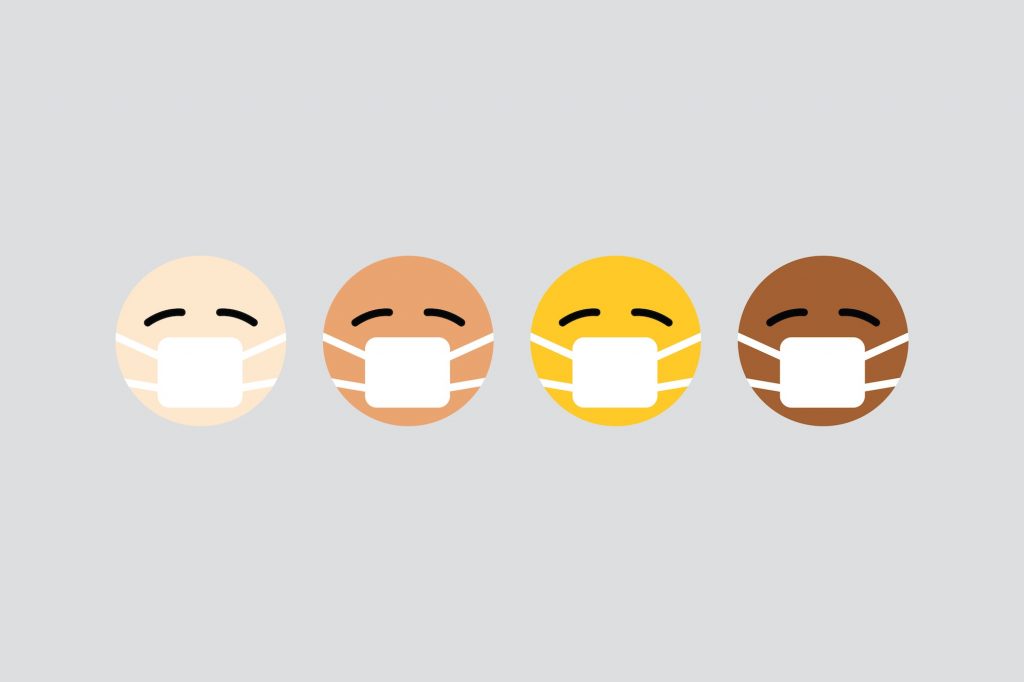
Throughout the last 11 months, the coronavirus has laid bare many of the socioeconomic inequalities that exist in the United States. None of the exposed inequalities have been quite so shocking as those that exist between racial groups for healthcare access.
Read on for ANA-Illinois’s examination of specific data on racial disparities in healthcare, the cause of these disparities, and what can be done to combat them moving forward.
Racial Disparities in Healthcare
According to the Kaiser Family Foundation, “A ‘health care disparity’ typically refers to differences between groups in health insurance coverage, access to and use of care, and quality of care.” This differs from “health disparity” which refers specifically to “a higher burden of illness, injury, disability, or mortality experienced by one group relative to another.”
Healthcare access in the United States is dependent on insurance, which is provided by both private companies and public governments. According to a report released by the United States Census Bureau, “in 2017, non-Hispanic Whites had the lowest uninsured rate among race and Hispanic-origin groups (6.3 percent). The uninsured rates for Blacks and Asians were 10.6 percent and 7.3 percent, respectively. Hispanics had the highest uninsured rate (16.1 percent).” This data shows a major disparity in insurance access between racial groups.
The death rates for COVID-19 demonstrate these healthcare disparities even more alarmingly. Information from the CDC indicated that, despite making up a much smaller portion of the population than White, Non-Hispanic people:
- The death rate among American Indian or Alaska Native, Non-Hispanic persons was 2.6x higher than for White, Non-Hispanic persons
- The death rate among Black or African American, Non-Hispanic persons was 2.8x higher than for White, Non-Hispanic persons.
- The death rate among Hispanic or Latino persons was 2.8x higher than for White, Non-Hispanic persons.
These astounding rates can be attributed to both disparities in health and healthcare.
Cause of Racial Disparities in Healthcare
Pinpointing a cause of the racial disparities in healthcare is difficult. In “Understanding and Addressing Racial Disparities in Health Care,” Williams and Rucker write that a ““laissezfaire racism” still exists in many of America’s institutions and can account for the disparities between racial group. They maintain that “racial disparities in medical care should be understood within the context of racial inequities in societal institutions. Systematic discrimination is not the aberrant behavior of a few but is often supported by institutional policies and unconscious bias based on negative stereotypes.”
Fighting Against Racial Disparities in Healthcare
Many reputable scientific, healthcare, and research institutions, including the Center for Disease Control, hold that healthcare disparities exist on a large scale in the United States. While the COVID-19 pandemic has highlighted these disparities, they have long been present. It is up to everyone in healthcare, whether you are an educator, a nurse, or a doctor, to actively work against these disparities. The Kaiser Family Foundation advocates the following approaches:
- “Raising public and provider awareness of racial/ethnic disparities in care;”
- “Expanding health insurance coverage;”
- “Improving the capacity and number of providers in underserved communities; and”
- “Increasing the knowledge base on causes and interventions to reduce disparities.”
